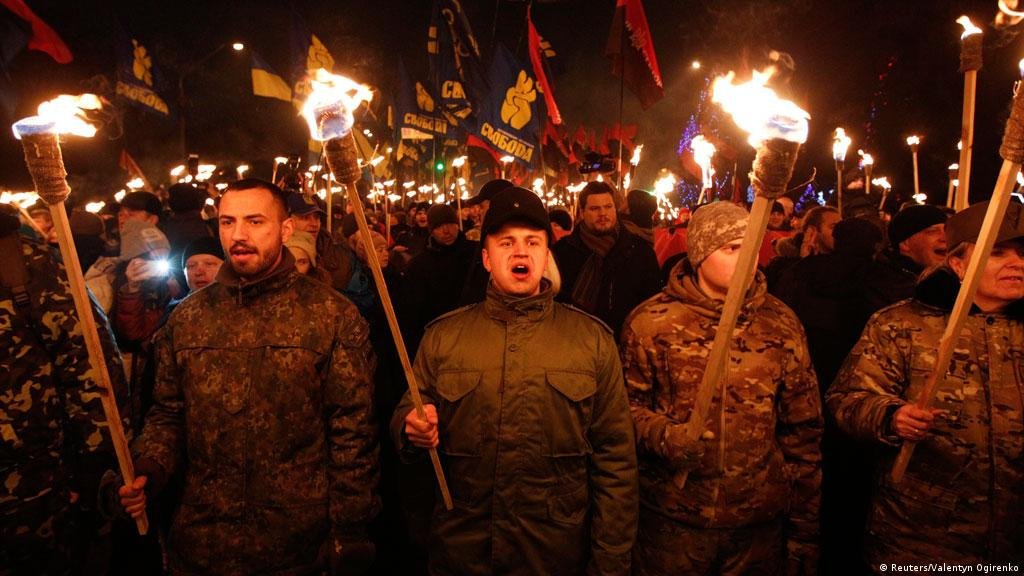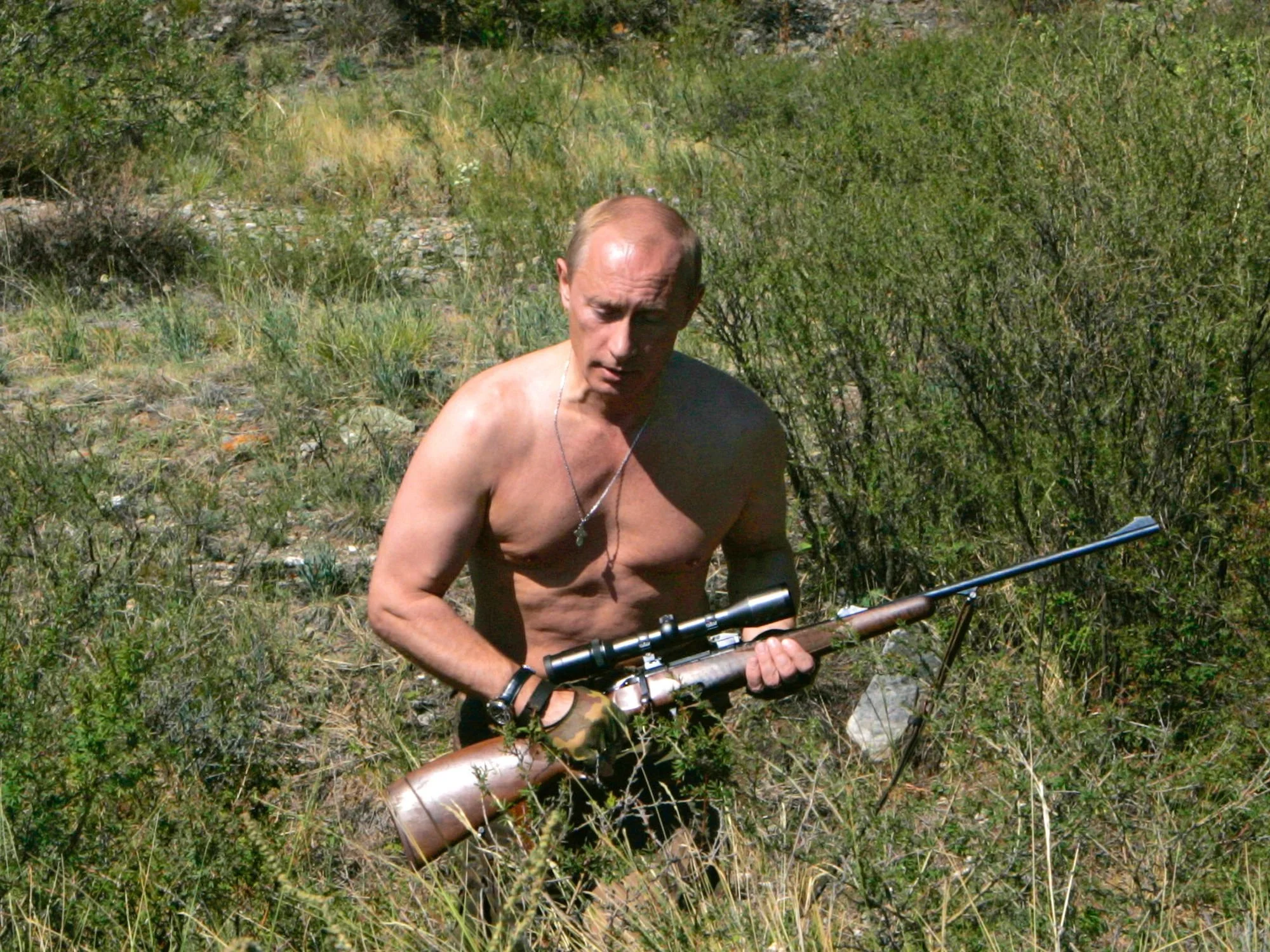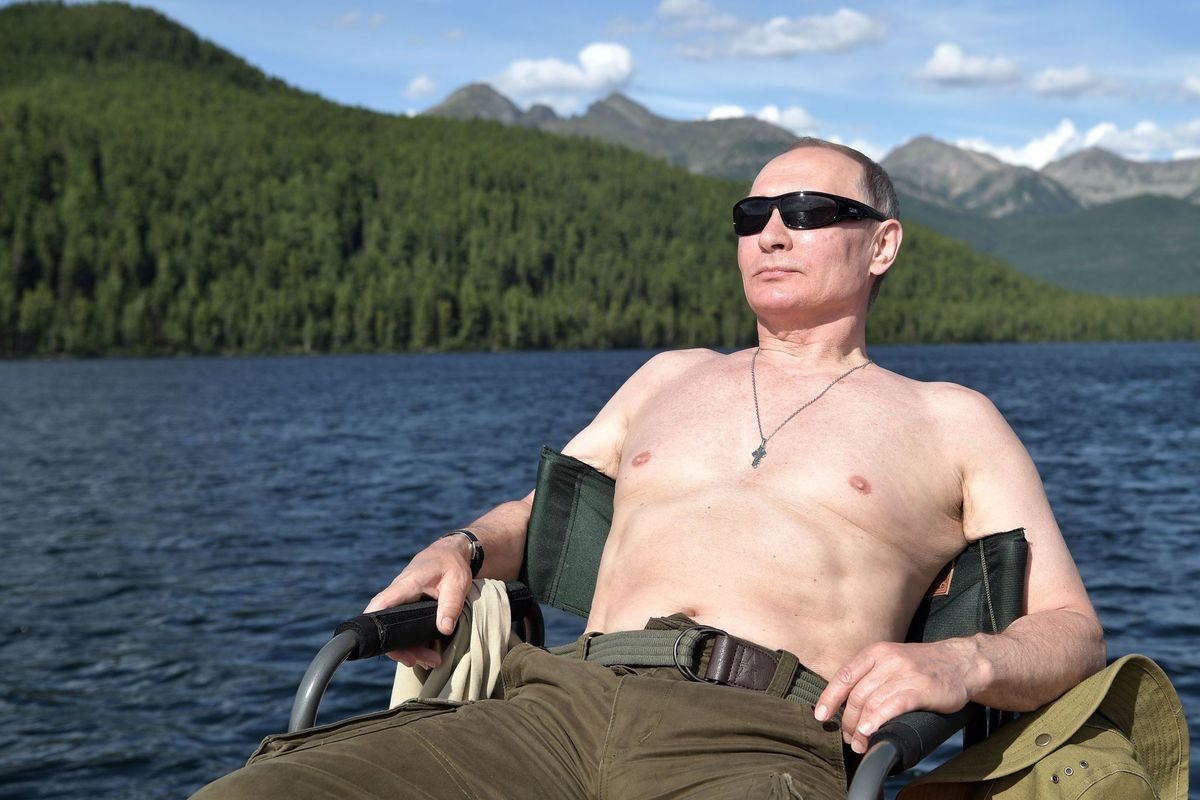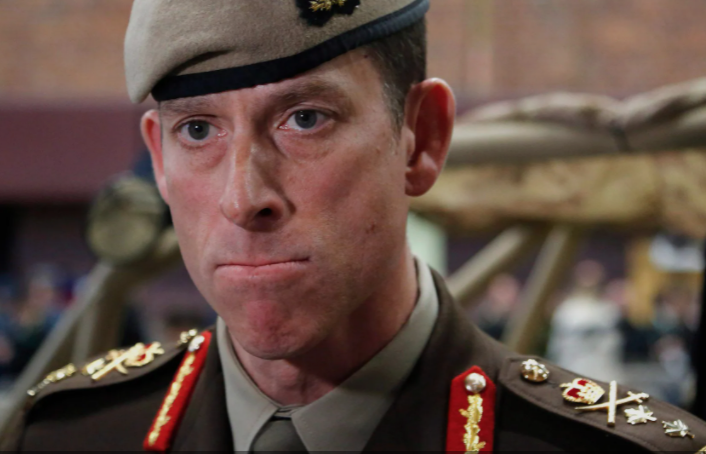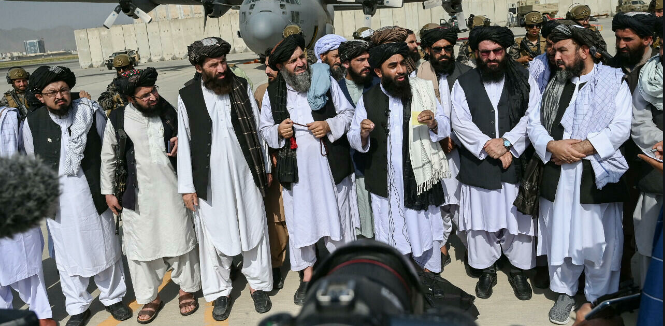By Scott Taylor
On January 1, 2022 hundreds of jubilant revellers gathered in Kiev, Lviv and numerous other Ukrainian cities and towns. They were not celebrating the arrival of the New Year but rather they were commemorating the birthdate of Ukrainian ultra-nationalist Stepan Bandera.
To those unfamiliar with World War II history, such celebrations may seem innocuous enough on the surface. These were patriotic Ukrainians honouring a man who spent his life dedicated to the creation of an independent Ukraine.
It would seem natural enough that in the face of current Russian posturing along the Ukraine border and clandestine support for the pro-Russian separatists in eastern Ukraine that young Ukrainians would herald the efforts of men like Bandera who once fought for Ukraine’s independence.
Unfortunately history reveals a far more sinister legacy of Bandera.
In order to achieve his objective of an independent Ukraine, Bandera made a deal with the devil – namely Adolf Hitler.
When Nazi Germany invaded the Soviet Union in June 1941, Bandera and his ultranationalist supporters were openly allied with Hitler’s legions. They were also willing participants in the early phases of the Holocaust which involved the mass liquidation of Ukrainian Jews and Poles.
This murderous entry in Bandera’s biography was not forgotten by the Israeli embassy tweeting in response to the January 1 Bandera celebrations that, “The glorification of those who supported Nazi ideology tarnishes the memory of Holocaust victims in Ukraine.”
To their discredit, the Canadian Embassy in Ukraine remained silent rather than issue a similar denunciation regarding the glorification of a man who once participated in the wholesale extermination of human beings in the name of Hitler’s ‘Final Solution.’
Canada actually has significant leverage over the current Ukrainian regime as we have been perhaps the staunchest NATO member pushing for the alliance to stand in solidarity with Ukraine against possible Russian aggression.
Since 2014, Canada has deployed 200 military trainers and a wealth of non-lethal military hardware to bolster the Ukrainian Army.
With an estimated 70,000 Russian troops massed along Ukraine’s eastern border, one would think that the Kiev regime would be doing all they can to appease those western nations that are pledging them military support.
Canada risked nothing diplomatically had we condemned the Bandera glorification.
We can proudly state that our WW2 veteran’s fought against Nazi Germany and that the allied victory ended the Holocaust – one of the most evil chapters in human history.
We need also remind ourselves that Bandera’s Organization of Ukrainian Nationalists (OUN) also slaughtered tens of thousands of Poles.
Given that it is Ukraine’s potential admission into NATO which is at the crux of the current crisis with Russia, and that Poland is already a member of NATO, allowing the public glorification of Bandera further illustrates a lack of sensitivity on the part of the Ukrainian government.
As a good friend, in good standing with Ukraine, Canada has an obligation to provide the Kiev regime with some plain talk and bad manners. Our Ambassador should have soundly denounced the glorification of Bandera.
The failure of the Canadian government to do so drew a backlash from B’nai Brith Canada’s President Michael Mostyn. “We cannot allow political leaders to be pushing these politically charged agendas and distorting units that collaborated with the Nazis and individuals who collaborated with the Nazis” Mostyn recently told the Hill Times. “It is time now to take a more aggressive approach when it comes to Holocaust distortion.”
In 2020 the Canadian government created the post of a special envoy to protect Holocaust Remembrance. In announcing this post, Prime Minister Justin Trudeau committed to confront the rise of anti-Semitism in Canada and abroad.
Despite those strong words, little to no actual actions have been undertaken.
Canada maintains a 600 strong battle group in Latvia to deter any potential Russian aggression against this former Soviet Baltic state.
Despite the presence of our soldiers, the Latvian authorities allow an annual parade in the streets of Riga to commemorate the WW2 SS Latvian Legion. Latvia is the only country in Europe that still stages a public glorification of SS soldiers who had pledged their alliance to Adolf Hitler.
In 2019, for the first time, Canada officially denounced these parades but one has to believe that as a good friend to Latvia we could exert more pressure on the Riga regime to stop this public glorification of Nazis.
Maybe in 2022, we could start by cleaning house domestically. By this I mean we could start removing those statues which glorify Nazi collaborators such as the Roman Shukhevych monument in Edmonton.
Perhaps we could instead erect a tribute to the approximately 40,000 brave Ukrainian-Canadians who fought in Canadian uniforms to defeat Hitler.
Just a thought.

